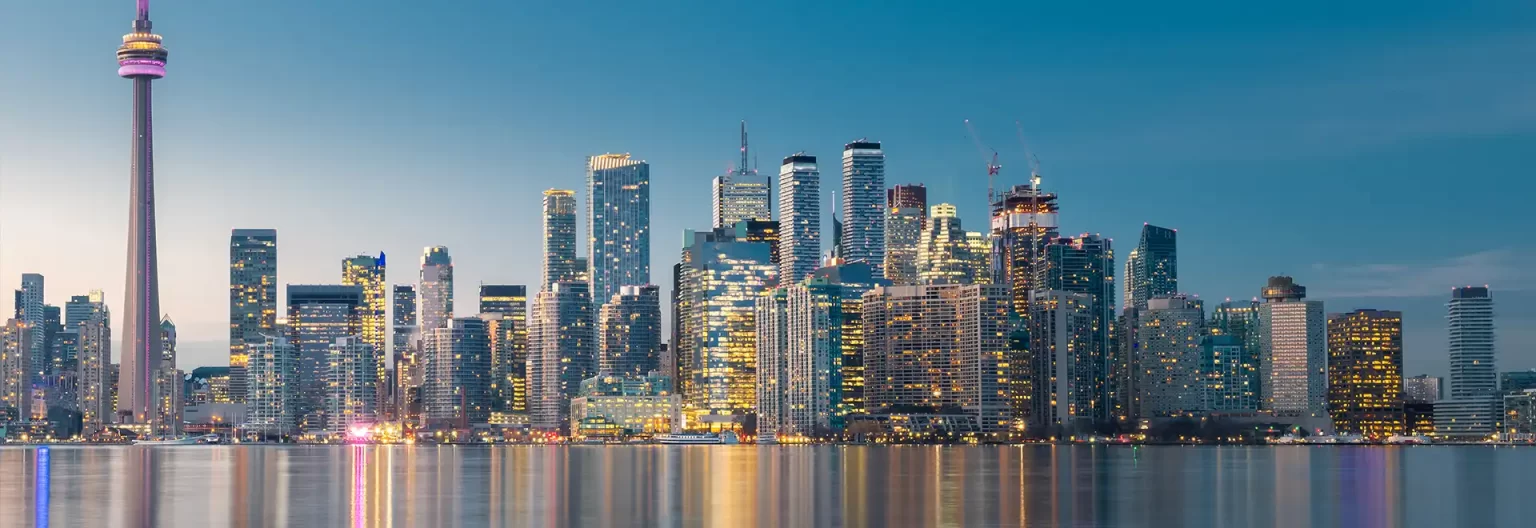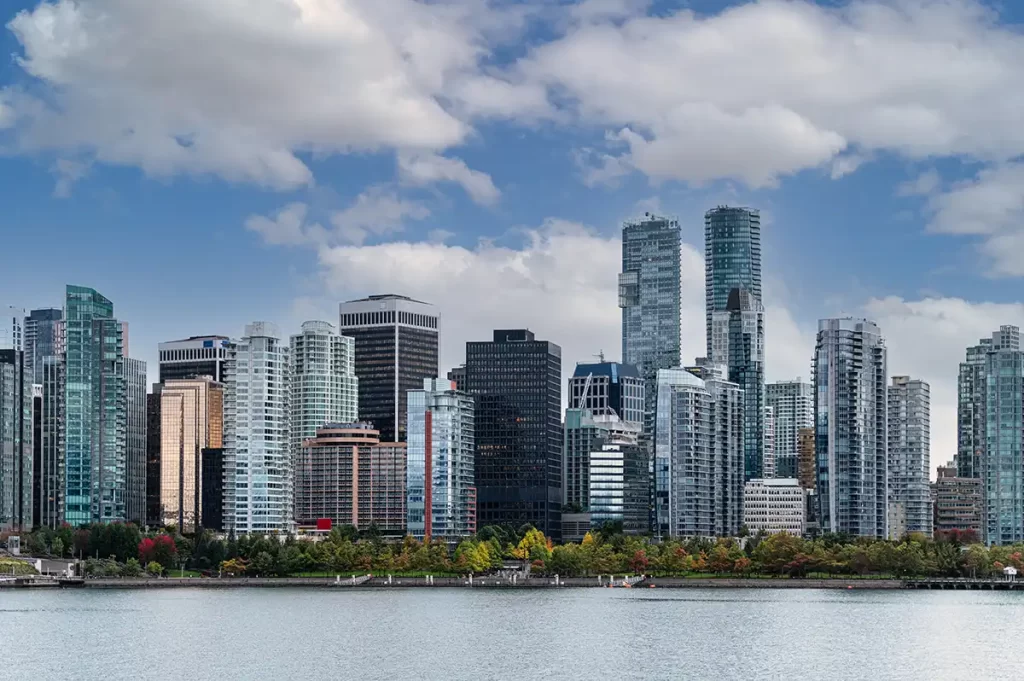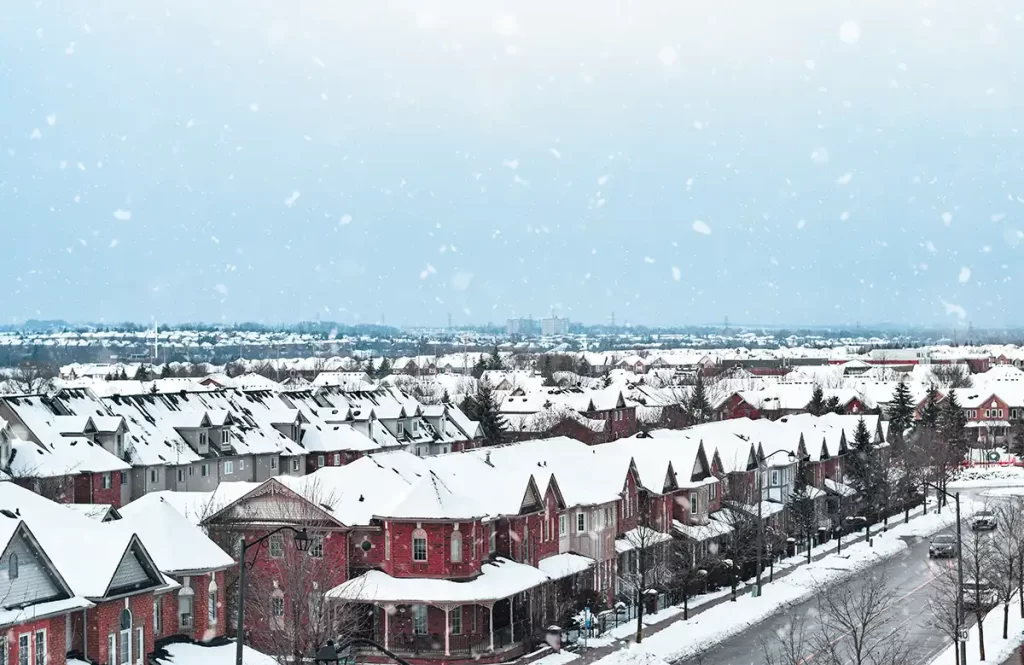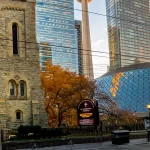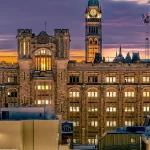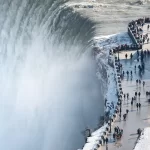Canada: A Beautiful Blend of Cultures, Nature, and Adventure
Canada, the second-largest country in the world, is an incredible destination full of breathtaking landscapes, vibrant cities, and rich culture. From towering mountains and stunning lakes to lively cities and historic spots, there’s something here for everyone. Whether you’re craving adventure or a peaceful retreat, Canada is the perfect place to explore. Let’s dive into everything you need to know about planning your trip to this amazing country.
The History of Canada: A Land of Evolution and Diversity
Canada’s story began thousands of years ago with Indigenous peoples who developed complex societies across the land. These early cultures thrived long before European explorers arrived in the late 15th century. French and British expeditions soon followed, with French settlements starting in 1608. By 1763, Britain gained control of most of French North America after the Seven Years’ War, and Canada’s political landscape began to shift.
In 1867, Canada became a self-governing nation through Confederation, uniting Ontario, Quebec, New Brunswick, and Nova Scotia. Over the next century, Canada expanded, with Newfoundland and Labrador joining in 1949. While it gained control over internal matters in the 19th century, it wasn’t until after World War I that Canada gained full legal independence from Britain, with the 1931 Statute of Westminster and the 1982 Constitution Act marking key moments.
Top Attractions in Canada
1. Niagara Falls, Ontario
One of the world’s most famous waterfalls, Niagara Falls is a must-see. Get close with a boat tour or enjoy a bird’s-eye view from the Skylon Tower.
2. Banff National Park, Alberta
Nestled in the Rockies, Banff is known for turquoise lakes, scenic hikes, and incredible wildlife like bears and elk. Don’t miss Lake Louise or the Icefields Parkway.
3. CN Tower, Toronto
This iconic tower offers sweeping views of Toronto. Feeling brave? Try the EdgeWalk for an adrenaline-filled experience.
4. Old Quebec, Quebec City
Step into the past in this UNESCO World Heritage Site with cobblestone streets, charming cafes, and historic landmarks like Château Frontenac.
5. Whistler, British Columbia
Famous for skiing and snowboarding, Whistler is also great for hiking, biking, and exploring alpine villages in the summer.
6. Jasper National Park, Alberta
Known for its dark sky preserve, glaciers, and hot springs, Jasper is perfect for stargazers and adventurers alike.
7. Gros Morne National Park, Newfoundland
A UNESCO World Heritage Site with stunning fjords, mountains, and hiking trails, this park is perfect for nature lovers.
8. The Cabot Trail, Nova Scotia
This scenic drive features breathtaking coastal views, lush forests, and charming fishing villages. A paradise for road-trippers!
Best Time to Visit Canada
Summer (June to August): Perfect for exploring national parks, hiking, and enjoying city tours.
Winter (December to February): Great for skiing, snowboarding, and experiencing winter festivals.
Spring (March to May): Beautiful blooming landscapes and fewer crowds.
Autumn (September to November): Famous for stunning fall foliage, especially in Ontario and Quebec.
Popular Cities to Explore in Canada
1. Toronto
Canada’s largest city is a cultural hub with diverse neighborhoods, a vibrant art scene, and landmarks like the CN Tower. Don’t miss the Distillery District and the waterfront.
2. Vancouver
Surrounded by mountains and the ocean, Vancouver is a dream for outdoor lovers. Explore Stanley Park, Granville Island, and the Capilano Suspension Bridge.
3. Montreal
A city with European charm, Montreal offers historic Old Montreal, vibrant festivals, and delicious local foods like poutine and bagels.
4. Quebec City
Famous for its French influence, this charming city is full of cobblestone streets, historic sites, and mouthwatering Quebecois cuisine.
5. Calgary
Known for the Calgary Stampede, this city is a gateway to the Rockies and home to great museums and cultural events.
6. Halifax
A maritime gem with a historic waterfront, lively pubs, and easy access to stunning coastal spots like Peggy’s Cove.
Things to Do in Canada
- Outdoor Adventures: Ski in Whistler, hike the Rockies, or kayak through the Thousand Islands.
- Cultural Festivals: Attend events like the Calgary Stampede, Ottawa Winterlude, or the Montreal Jazz Festival.
- Wildlife Watching: Spot polar bears in Churchill, whales in the Bay of Fundy, and moose in Newfoundland.
- Foodie Experiences: Indulge in everything from fresh seafood in Nova Scotia to sweet maple treats in Quebec.
Food and Drinks in Canada
- Poutine: Fries topped with cheese curds and gravy—an absolute classic.
- Maple Syrup: A Canadian staple, used in everything from pancakes to desserts.
- Seafood: Fresh lobster, Atlantic salmon, and oysters are a must-try.
- Butter Tarts: A sweet, gooey treat that’s uniquely Canadian.
- Nanaimo Bars: A no-bake dessert that’s rich and delicious.
Travel Tips for Canada
1. Visa and Entry Requirements :
- Electronic Travel Authorization (eTA): Travelers from visa-exempt countries need an eTA before flying to Canada. Ensure you apply online and receive approval prior to your trip.
- Visitor Visa: Citizens from non-exempt countries must obtain a visitor visa. Check the Government of Canada’s official website for detailed information.
2. Travel Insurance:
It’s advisable to have comprehensive travel insurance covering health, trip cancellations, and personal belongings. Healthcare in Canada can be expensive for non-residents.
3. Currency:
The official currency is the Canadian Dollar (CAD). Credit and debit cards are widely accepted, but it’s useful to have some cash for smaller establishments or remote areas.
4. Language:
Canada is bilingual, with English and French as official languages. While English is predominantly spoken, especially in provinces like Ontario and British Columbia, French is the primary language in Quebec.
5. Transportation:
- Public Transit: Major cities like Toronto, Vancouver, and Montreal have efficient public transportation systems, including buses, subways, and trams.
- Car Rentals: For exploring rural areas or national parks, renting a car offers flexibility. Ensure you have a valid driver’s license and are familiar with local driving laws.
6. Weather Considerations:
- Winter Travel: Canadian winters can be harsh, especially in northern regions. If traveling during this season, pack appropriate winter clothing and be prepared for snow and icy conditions.
- Summer Travel: Summers are generally warm, but weather can vary by region. It’s advisable to check local forecasts and pack accordingly.
7. Safety and Health:
- Canada is considered a safe country for travelers. However, always stay aware of your surroundings, especially in crowded tourist areas.
- No special vaccinations are required for entry, but it’s recommended to be up-to-date with routine immunizations.
8. Cultural Etiquette:
Canadians are known for their politeness and respect for personal space. It’s customary to greet with a handshake and say “please” and “thank you” frequently.
9. Tipping:
Tipping is customary in Canada. In restaurants, a tip of 15-20% of the total bill is standard. For other services, such as taxis or hairdressers, tipping around 10-15% is appreciated.
10. Connectivity;
Free Wi-Fi is widely available in cafes, hotels, and public spaces in urban areas. Consider purchasing a local SIM card or an international roaming plan to stay connected, especially when traveling to remote regions.
Demographics of Canada: A Mosaic of Cultures
Canada is one of the most diverse nations in the world, with a population of approximately 40 million people (2025). Its diversity is a reflection of centuries of immigration and Indigenous heritage.
Languages
- Official Languages: English and French.
- Indigenous languages like Cree, Inuktitut, and Ojibwe are recognized and celebrated.
Ethnic Diversity
- Canada’s population is made up of:
- Indigenous peoples (5%)
- Europeans (67%)
- Asians, including South Asians and Chinese (18%)
- Black Canadians, Latin Americans, Arabs, and others (10%)
Religion
Canada is a secular nation with a rich religious landscape:
- Christianity: 53% (Catholicism being the largest group)
- No Religion: 34%, reflecting the rise of secularism.
- Islam: 5%, making it the second-largest religion.
- Hinduism, Sikhism, Buddhism, Judaism: Each accounts for about 1-3% of the population.
Urbanization
Over 80% of Canadians live in urban areas, with major cities like Toronto, Montreal, Vancouver, and Calgary being hubs of activity and opportunity.
Canadian Politics: A Blend of Tradition and Progress
Political System
Canada is a constitutional monarchy and a parliamentary democracy. This means the country recognizes the British monarch (currently King Charles III) as its head of state, but governance is carried out by elected officials.
- Governor General: The monarch’s representative in Canada.
- Prime Minister: The head of government, leading the federal administration.
Structure
- Executive Branch: Led by the Prime Minister and the Cabinet.
- Legislative Branch: Consists of the elected House of Commons and the appointed Senate.
- Judicial Branch: Independent courts uphold laws, with the Supreme Court of Canada at the top.
Federalism in Action
Canada is divided into 10 provinces and 3 territories, each with its own government. Provinces like Quebec have unique cultural and linguistic identities, influencing policies like bilingualism.
Political History
- In the 19th century, Canada’s political evolution began with Confederation in 1867.
- Women gained the right to vote in the early 20th century, with Indigenous suffrage achieved in 1960.
- In 1982, Canada adopted the Constitution Act, which included the Charter of Rights and Freedoms, solidifying its commitment to individual liberties.
Modern Politics
Canada’s political scene is dominated by three major parties:
- Liberal Party (center-left): Currently led by Justin Trudeau (as of 2025).
- Conservative Party (center-right): Focused on fiscal responsibility and tradition.
- New Democratic Party (NDP) (left-wing): Advocates for social welfare and equality.
Indigenous representation and climate change have become central political issues, reflecting Canada’s journey toward inclusivity and sustainability.
How to Reach Canada from India
By Air: Direct flights are available from major Indian cities like Delhi and Mumbai to Toronto, Vancouver, and Montreal. Airlines such as Air Canada and Air India offer these routes.
Conclusion
Canada is a traveler’s paradise with its mix of natural wonders, cultural experiences, and welcoming cities. Whether you’re marveling at the Rockies, exploring vibrant cities like Toronto, or soaking in the beauty of Niagara Falls, Canada offers endless adventures and memories.
So, pack your bags and start planning your Canadian adventure—you’re in for the trip of a lifetime!

